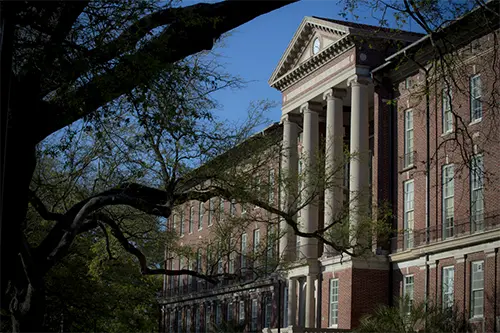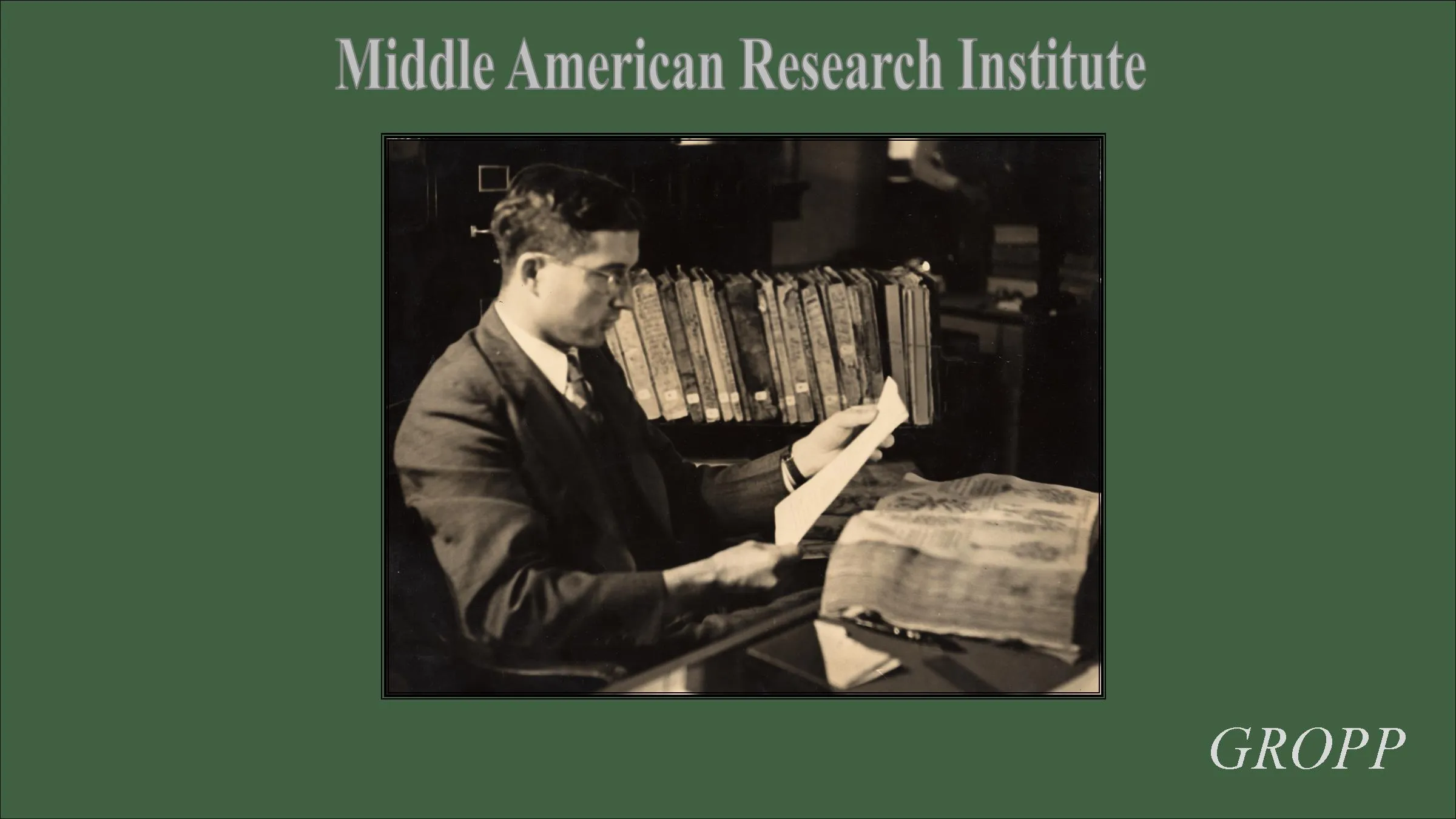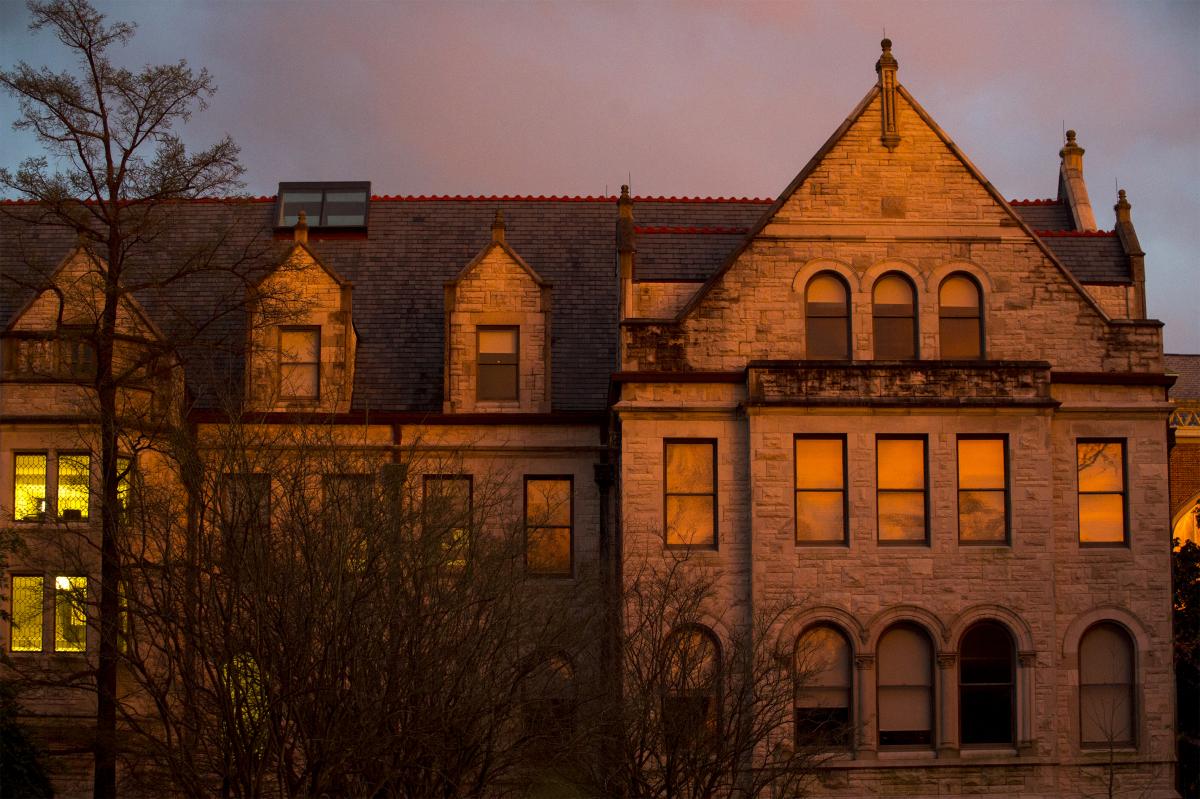Maya societies began to emerge sometime between 2000 and 1000 BC in what is present day Belize, Guatemala, and the Yucatán Peninsula of Mexico. Influenced by the Olmec civilization that came before them, the Maya would go on to far eclipse their predecessors with monumental achievements such as the long count calendar, their hieroglyphic writings, historical portraits, and large population centers like Chichen Itza and Tikal that still stand today.
Maya civilization grew over the centuries until its peak around 600 in the Classic Period before succumbing to the political power of groups such as the Toltecs and the Aztecs. Even after the Spanish arrived in Mesoamerica, some Maya people remained isolated in some areas and today represent a large ethnic group in Latin America. The vestiges of their former power are being rediscovered and studied every year by MARI and other similar organizations to provide more and more insight into the enigmatic civilization.
For more reading, see:
Martin, Simon, and Nikolai Grube. Chronicle of the Maya Kings and Queens: Deciphering the Dynasties of the Ancient Maya. Thames & Hudson, 2008.
Sharer, Robert J., and Loa P. Traxler. The Ancient Maya. Stanford University Press, 2009.



